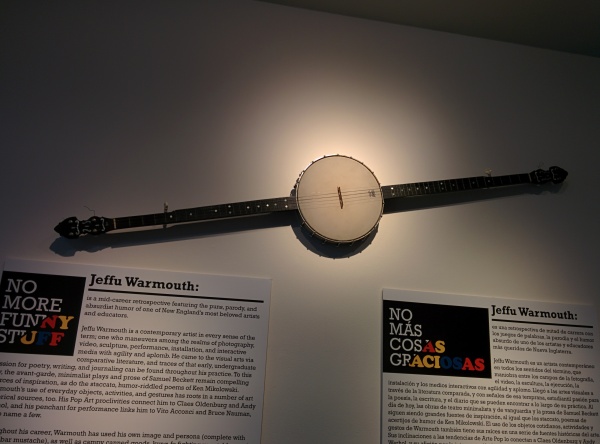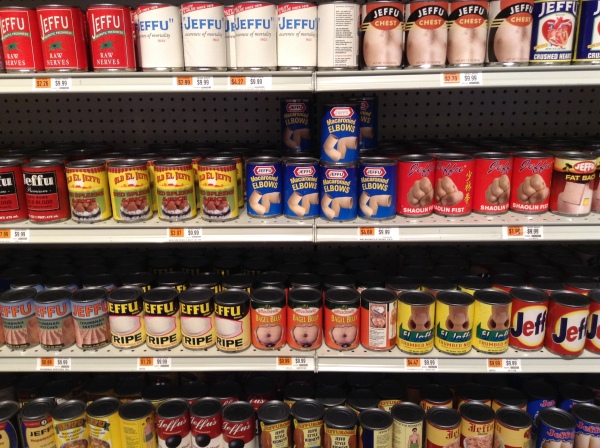I’m just starting research on a new project about public sculpture in New England. In the paper I’ll be focusing on art in Fitchburg, MA. There are some great monuments and works from the late 1800s and new works that have been installed in the past few years. I’m looking for a way to create a dialogue between the two.
Probably the most famous sculptor from Fitchburg is Herbert Adams. From the age of five he was raised and educated in Fitchburg. The above painting by Charles Curran depicts the National Sculpture Society’s second exhibition in New York City in 1895. Herbert Adam’s relief (designed by August Saint-Gaudens, carved by Adams) for the Judson Memorial Church is mounted on the Ionic columns in the background.

Augustus Saint-Gaudens relief sculpture carved by Herbert Adams for the Judson Memorial Church in New York City
About the Sculpture exhibition and this painting, from the book Life, Liberty, and the Pursuit of Happiness: American Art from the Yale University Art Gallery:
The exhibition “changed the way Americans experienced sculpture.” “…The society accented the pieces on view with a lush array of plants and flowers creating a tranquil haven just ‘one step from the noise of the New York streets.'” (see “The Sculpture Society” New York Times, 7 May 1895, 5.)
The artist portrays himself on the left and all the figures seem lost in contemplation. “Curran’s figures demonstrate precisely the kind of ‘idleness full of thought,’ the leisurely breathing in of a refined environment, that was commonly prescribed in the Gilded Age as an antidote to the stress of the modern urban experience. Amid such noble statuary, visitors might forget the bustling metropolis outside.”
From the American Art Annual vol. 1, 1898 (277):
“At New York, in 1895, for the first time, sculpture was accorded her rights, being exhibited for the first time by itself, and exhibited, too, with such a background of architecture, trees, shrubbery and flowers, as sufficed to suggest what beautiful results might be won, if it were employed with artistic feeling in conjunction with the efforts of the landscape gardener and the architect.
It is an education which reaches in many directions. It has taught the sculptors that they must labor outside of their studios in order to gain the ear of the great busy inattentive public. Insistence on the claims of sculpture is one of the hard facts to be faced and met if the art is to be brought from the cold and marble distance where it lies closer and closer to the sympathies and affections and needs of the public. Again it is an education for art lovers who have taught themselves to discriminate fairly well in matters of oil painting and water colors, but have only vague ideas regarding that branch of art in which the element that is strongest is form, not color.”
Resources to look at:
- Fitchburg’s Golden Age: Industry and Philanthropy, 1863-1923 by Ruth Ann Penka
- Biographies on Herbert Adams












































































